As you know, our mission at MotherStories is to inform you about all aspects of motherhood. Today, we'd like to tell you more about the collection and preservation of umbilical cord stem cells. It's a scientific, health and public interest subject, but one that's little-known and even intimidating. To support us in our efforts, we have called on Swiss Stem Cells Biotech, a leader in the field of regenerative medicine and stem cells for many years in Switzerland.

What are umbilical cord stem cells used for?
Extracting stem cells from your child's umbilical cord blood and tissue has enormous therapeutic potential. More than 84 hematological, metabolic and immune diseases, such as lymphoma, leukemia, anemia and myeloma, can be treated with stem cells.
Who can benefit?
First and foremost, the child whose cells have been harvested, then possibly other family members (brothers and sisters) if the result of their compatibility test is positive and high.
When and how is the collection procedure carried out?
Once the decision has been taken to preserve your child's stem cells, you will receive a collection kit at home, which you will need to take to your birthplace on the big day. At the time of delivery, the blood and cord tissue will be collected by the medical team, placed inside the kit and then given to a specialized transporter to take to the laboratory within a maximum of 72 hours.
Is sampling risky or painful for mother and baby?
Sampling is quick, painless and absolutely risk-free for mother and baby.
Is it possible to do this in the event of a caesarean section?
Yes! Whether the delivery is by caesarean section or vaginal delivery, it makes no difference whatsoever to the sample.
Is it possible to do this if the baby is very premature?
If the sample is taken before 36 weeks' gestation, it is very difficult to obtain a sufficient quantity of umbilical cord blood.
Is it possible to donate the stem cells harvested from your baby?
Yes, but first make sure that your place of birth is suitable for the procedure. This is in contrast to a private donation, where you are guaranteed to be able to donate your baby's stem cells in all public and private birthplaces (hospitals, clinics, birthing centers).
If you wish to donate the stem cells collected at the birth of your child, they will be stored free of charge in a public bank, but you will no longer have access to the sample. The cells can be used by any compatible person at the top of the list, or for research purposes.
If you'd like to keep your child's cells for future use, you'll need to contact a private bank for a fee. The sample will then be stored and made available to you for the duration of the contract.
How do you choose a conservation bank?
There are several fundamental aspects to consider before making your choice:
- Choose a conservation bank based in Switzerland.
- Make sure the bank has all the necessary authorizations, including the Fact-Netcord accreditation for private and public banks.
- Fact-Netcord-accredited banks are subject to official checks by external inspectors every 3 years, and follow strict guidelines enabling the stem cell sample to be used in all transplant centers worldwide. Fact-Netcord accredited banks also enable you to use the sample within your family, for siblings for example, whose high compatibility rate has been proven.
- Check that the bank is certified by Swissmedic, which regulates the production of cell therapy products, and by GMP (Good Manufacturing Practice), which guarantees the quality of products developed by biobanks at drug level.
- Choose a bank with its own laboratory, where the entire cryopreservation process takes place, and a bank that is "open" to visitors, with full transparency.
What happens at the end of the contract?
Families, or the sample owner themselves if they are over 18, have the option of extending the storage period (depending on the bank's conditions) or deciding to destroy the sample. The sample may also be donated for research purposes, but not for clinical applications. In all cases, written confirmation from the customer is required.
Does health insurance (LAMAL) cover part of the cost of stem cell harvesting and preservation?
Today it doesn't, but let's hope it changes...
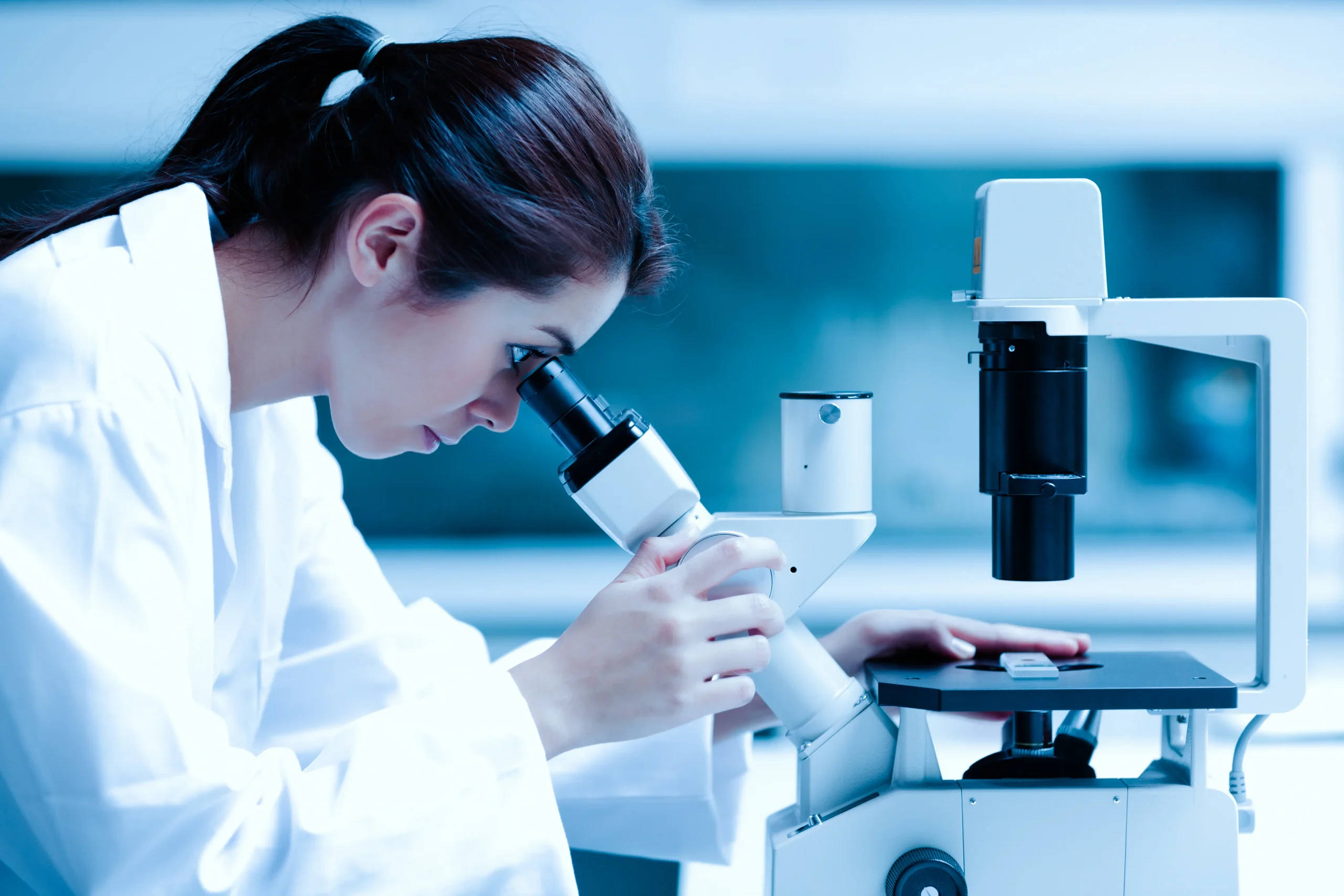

At Swiss Stem Cells Biotech
How long do you keep samples?
On average 25 years, but we offer the possibility of extending this period to 35 years.
What are your fees?
Storage fees at Swiss Stem Cell Science vary according to the service you choose. You have the option of storing stem cells from blood and/or umbilical cord tissue. The various packages range from CHF 3,000 to CHF 4,000. You can choose to pay in 4, 6 or 12 interest-free monthly instalments. Over 12 months, this works out at CHF 125/month.
If you'd like to find out more about this topic, ask a no-obligation question or get in touch with the Swiss Stem Cells Biotech team, click on the link below to access their contact form.
Don't forget to mention MotherStories when you contact us to benefit from a discount on your package.
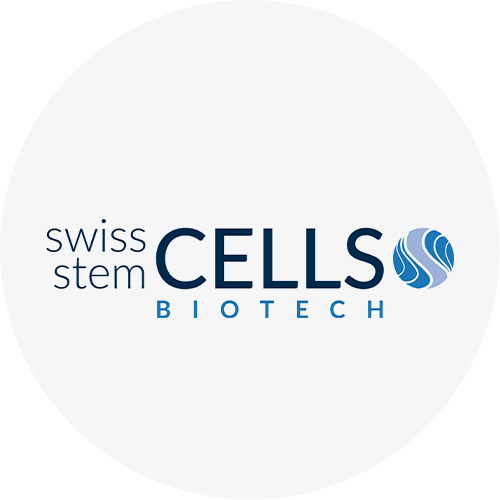

Swiss Stem Cells Biotech AG
Headquarters: 10 Klausstrasse, 8008 Zürich
Laboratory: 12 via Pizzamiglio, 6833 Vacallo
www.sscb-stembiotech.ch
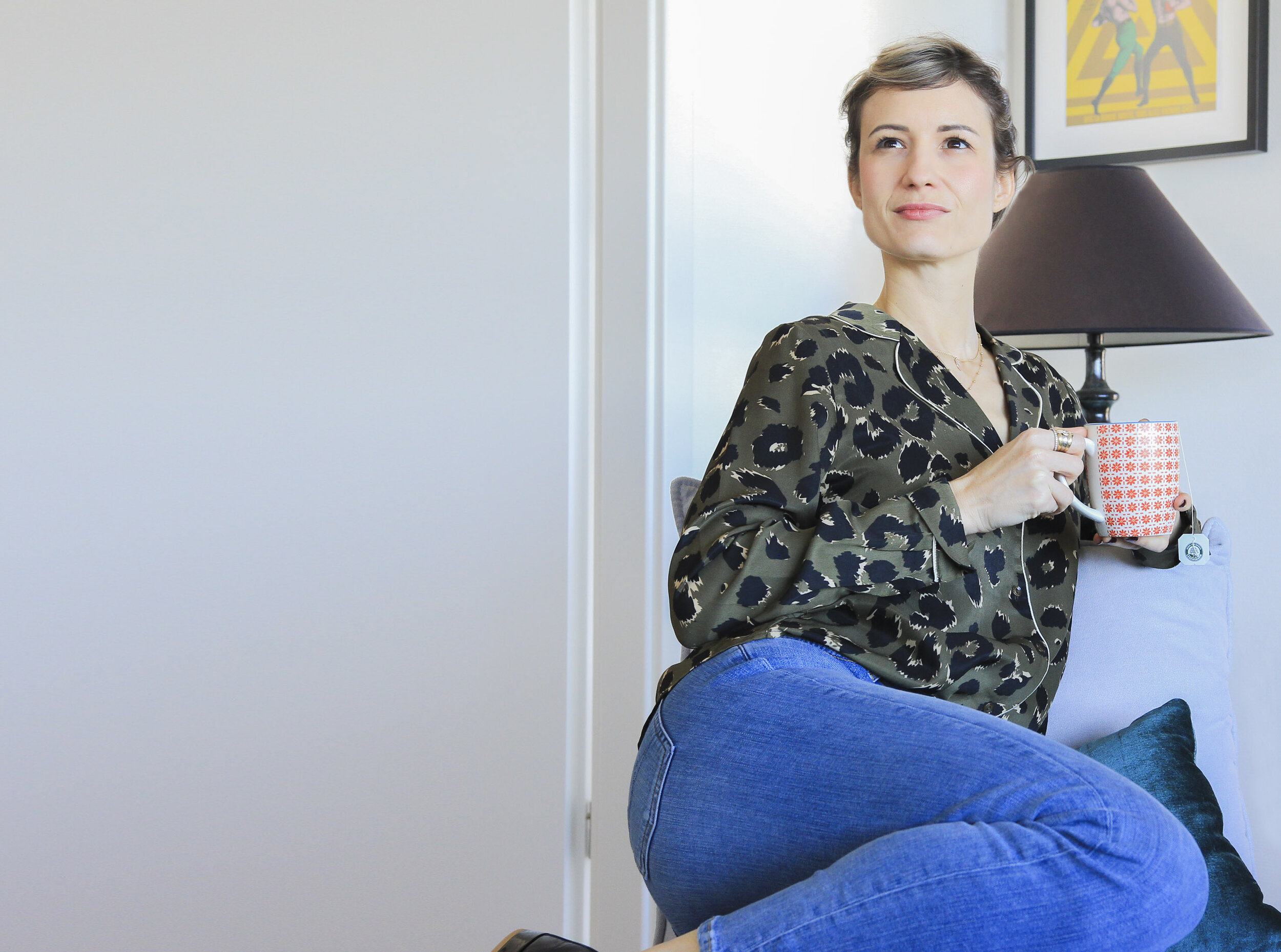

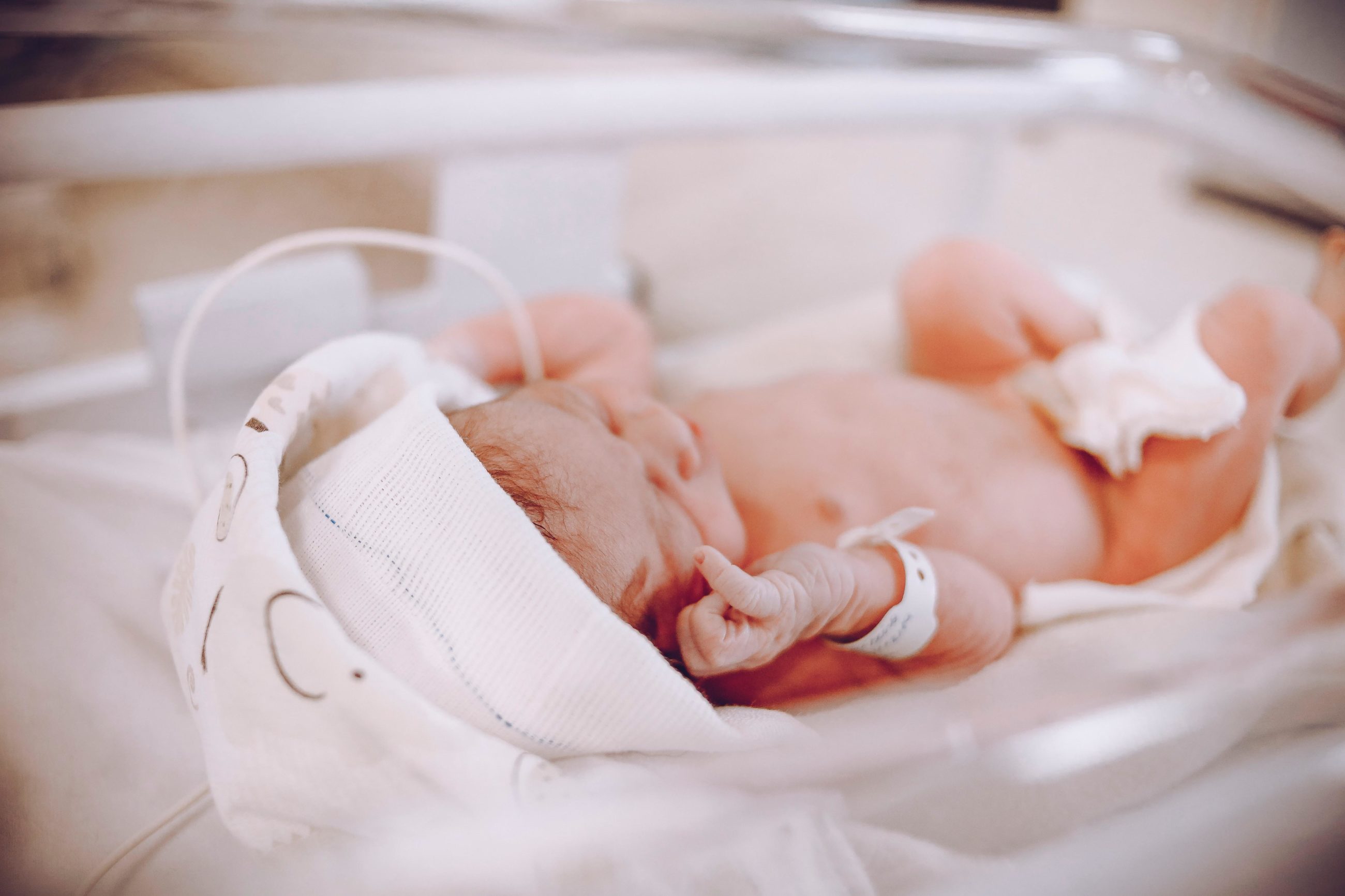

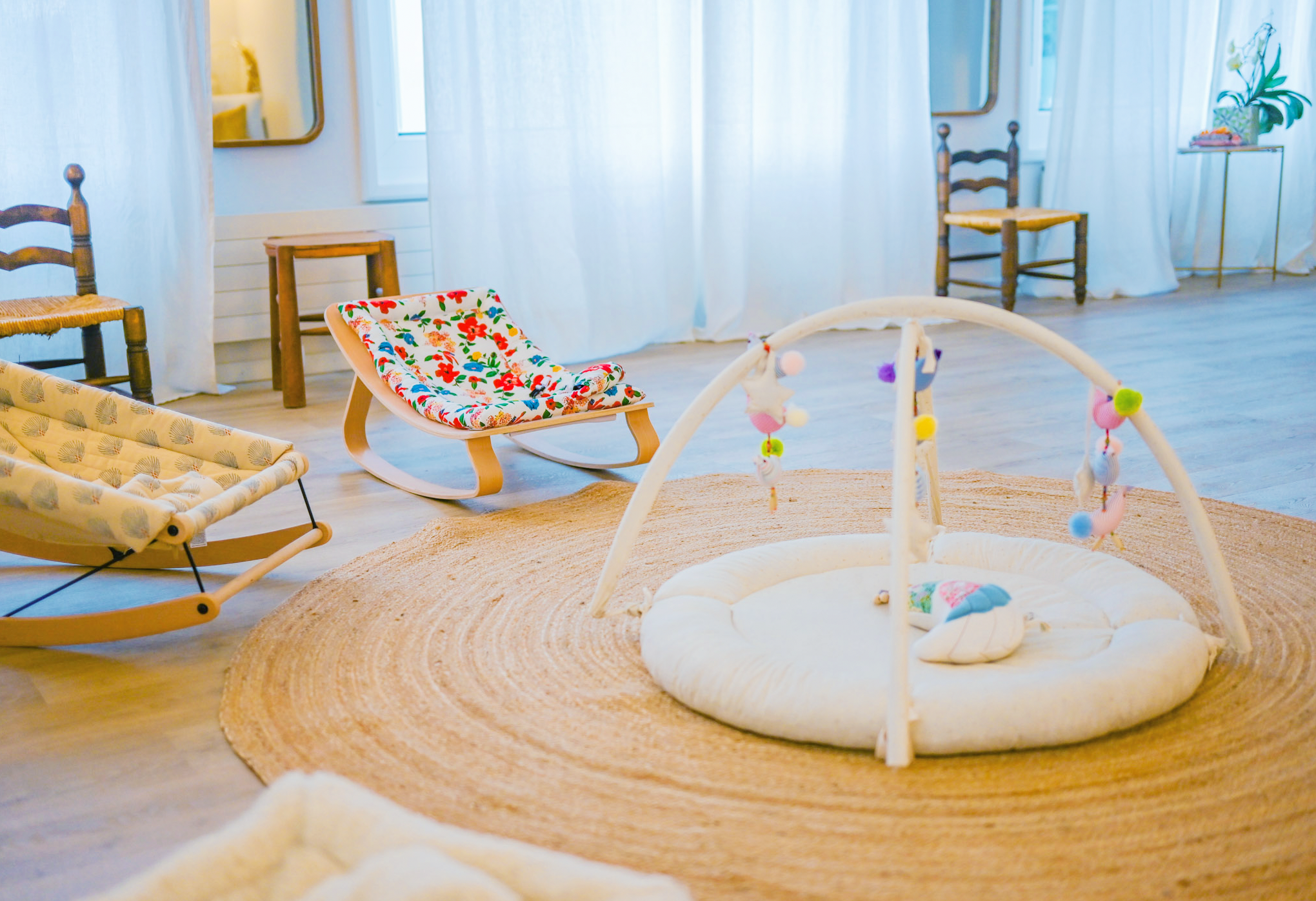
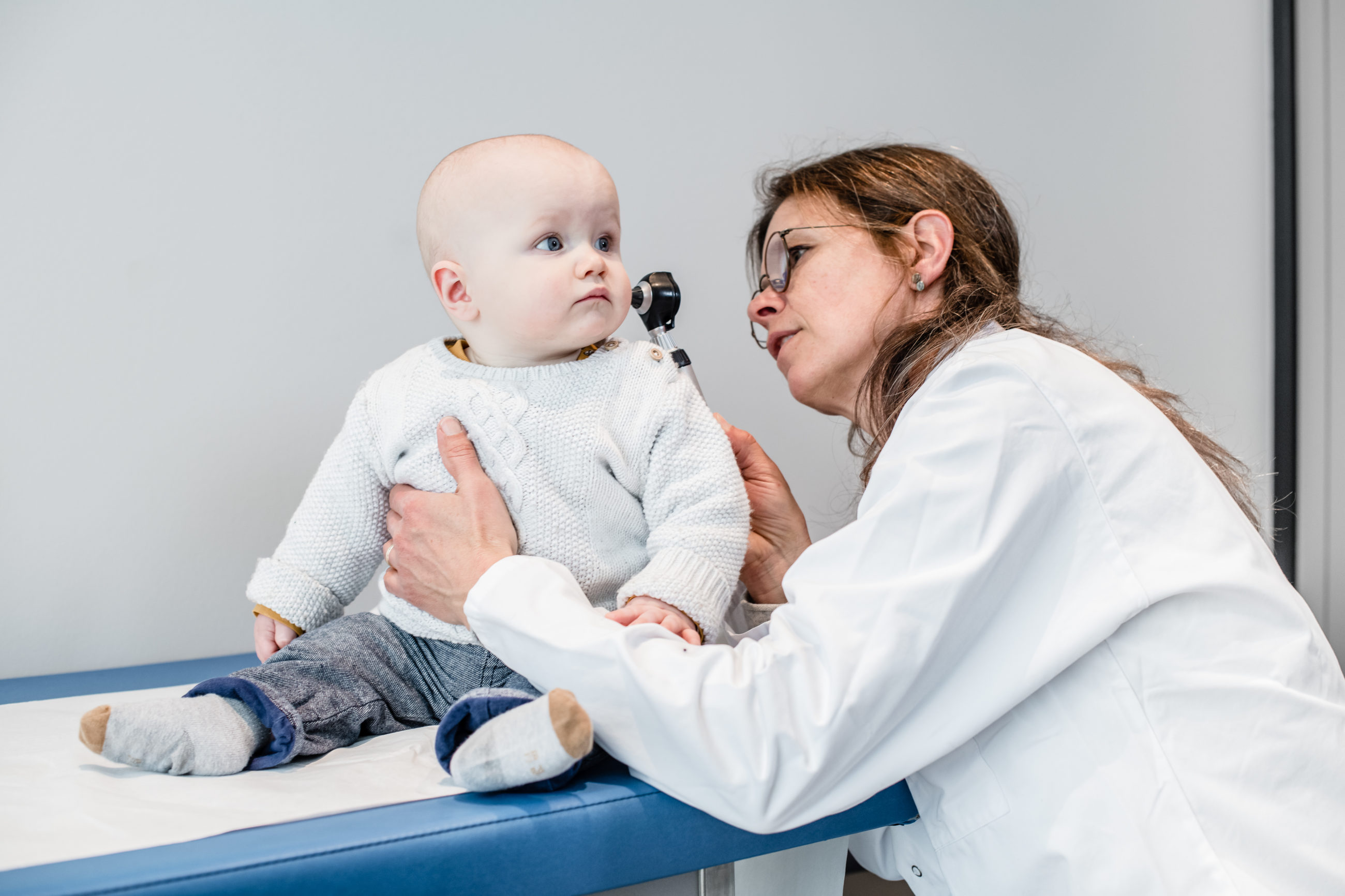
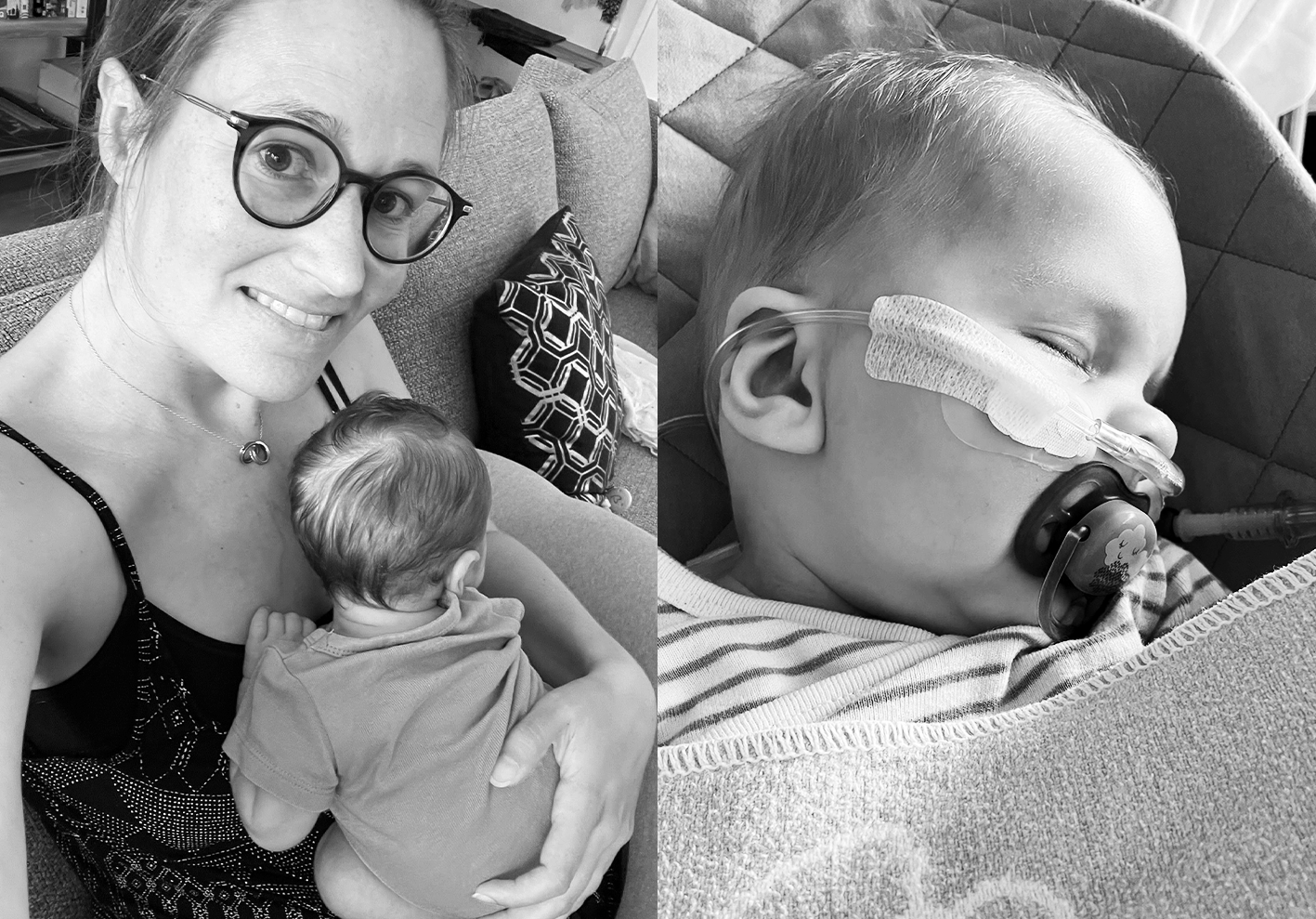
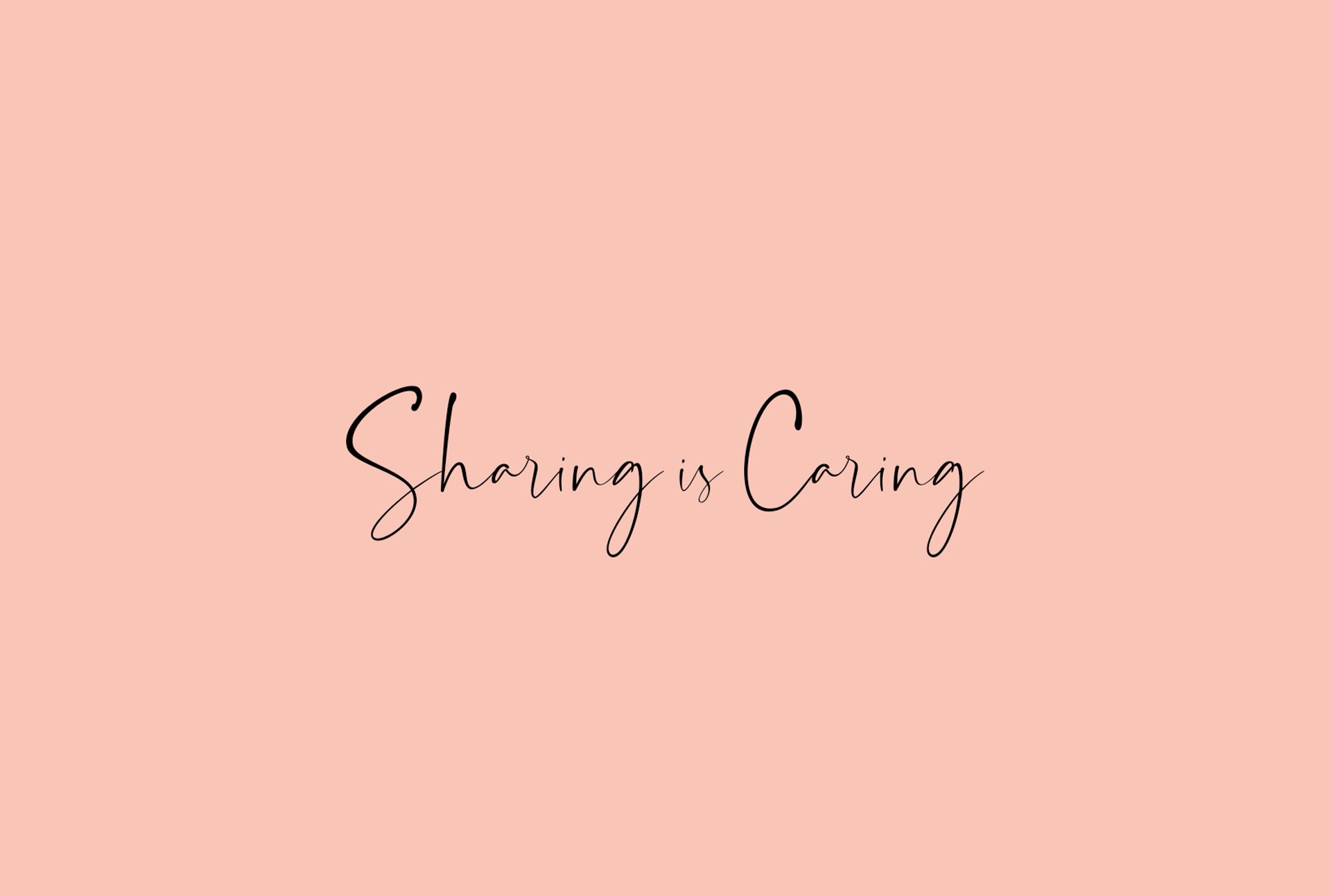


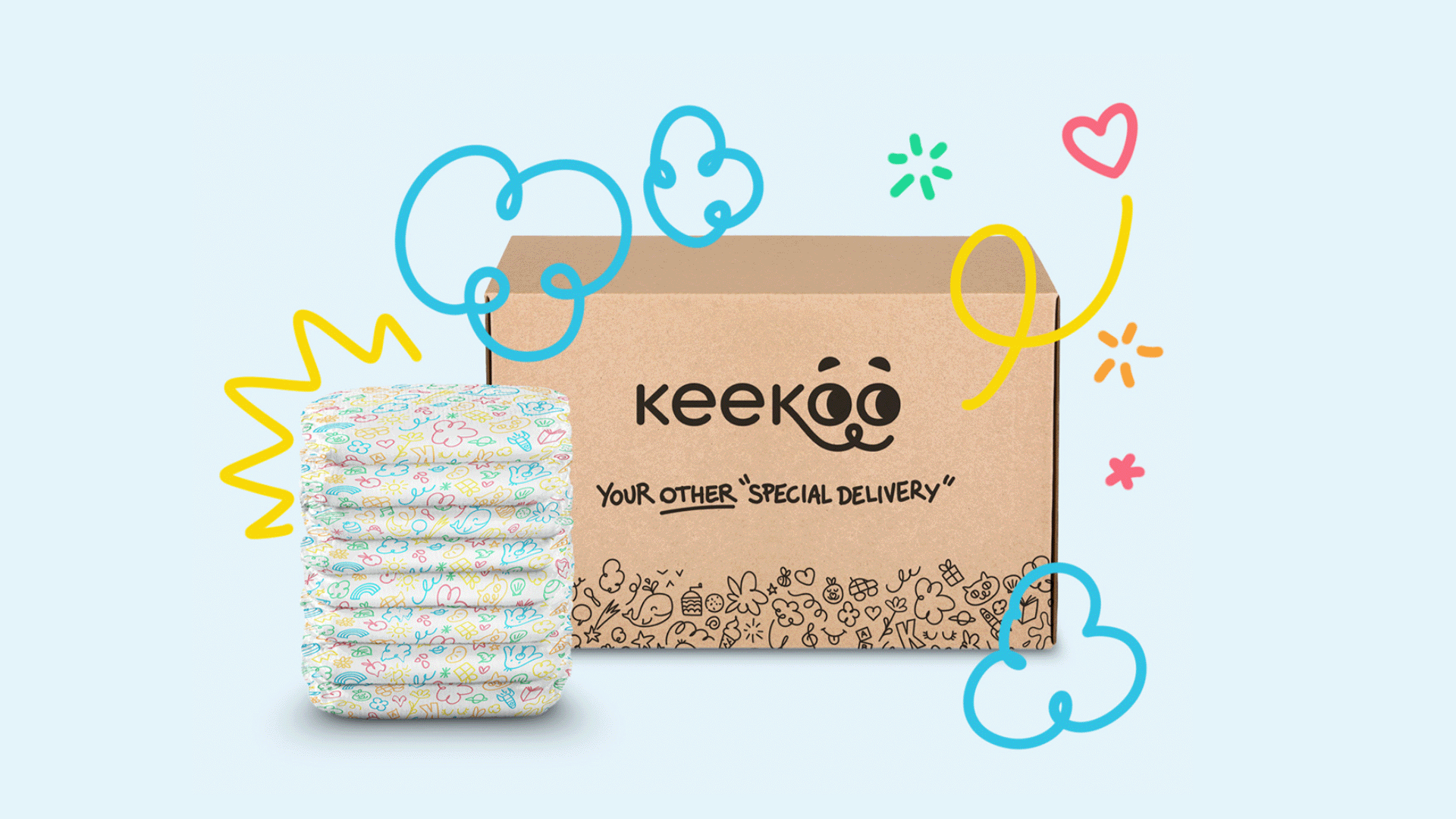

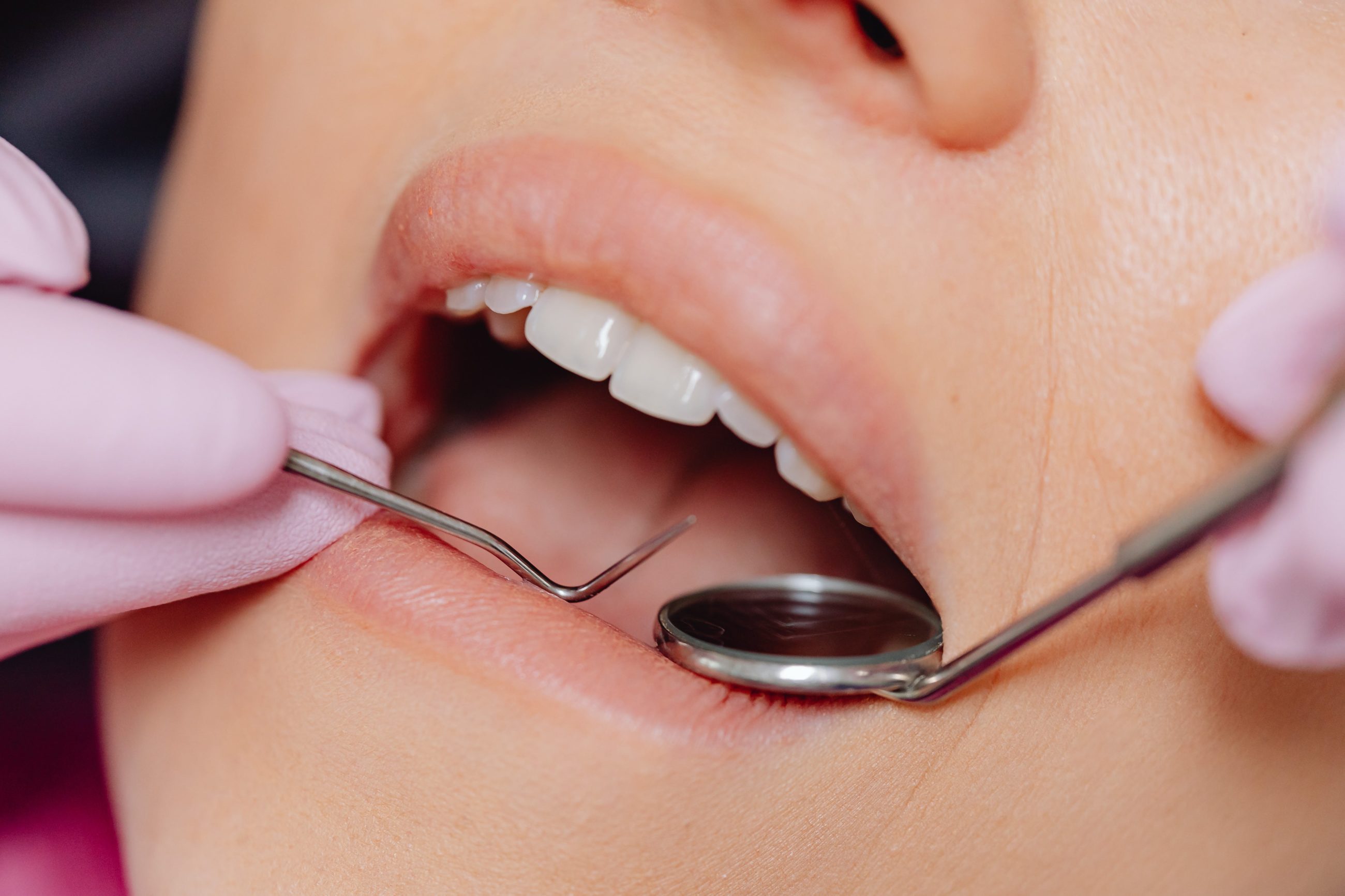
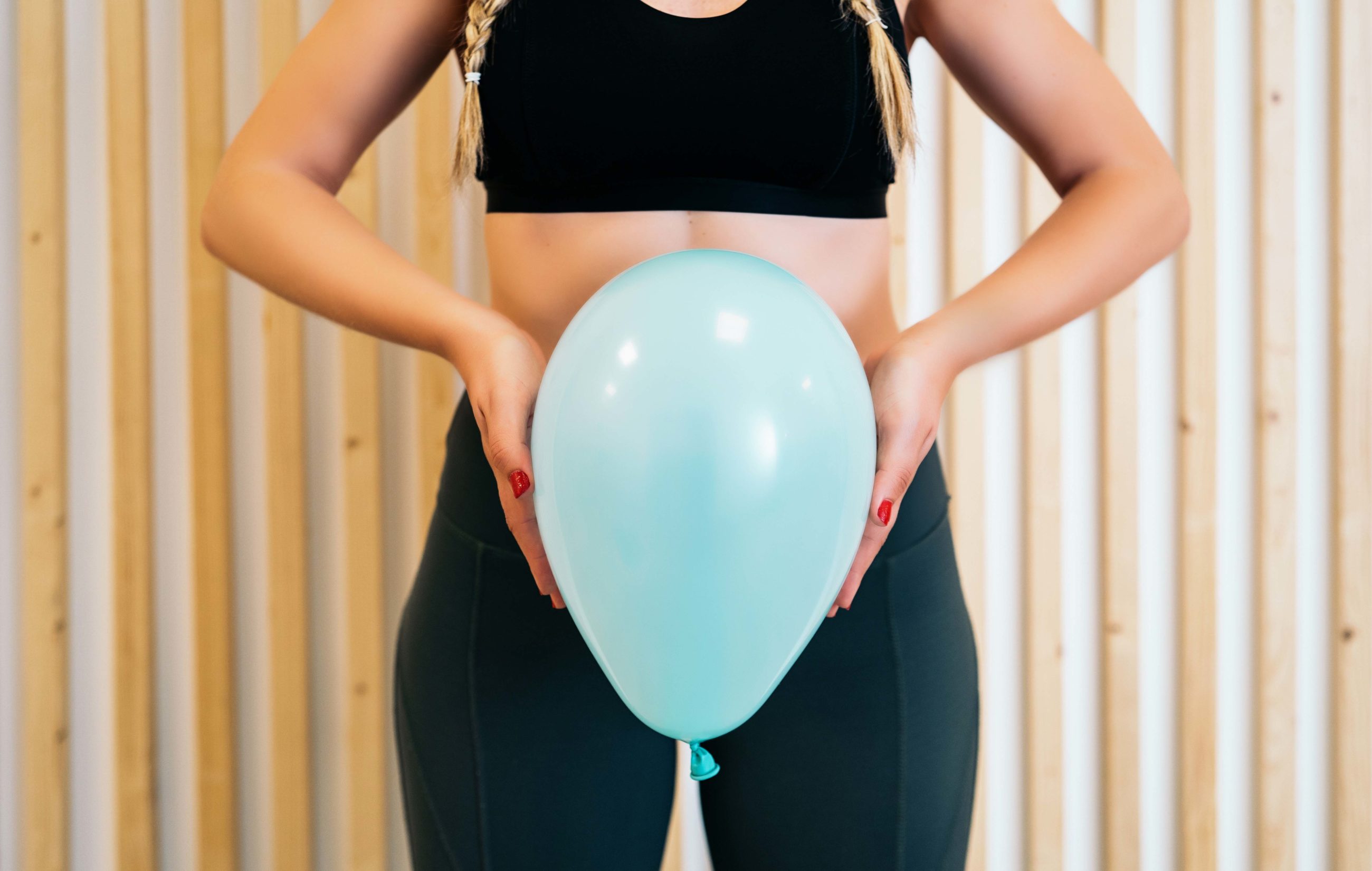







Share this article